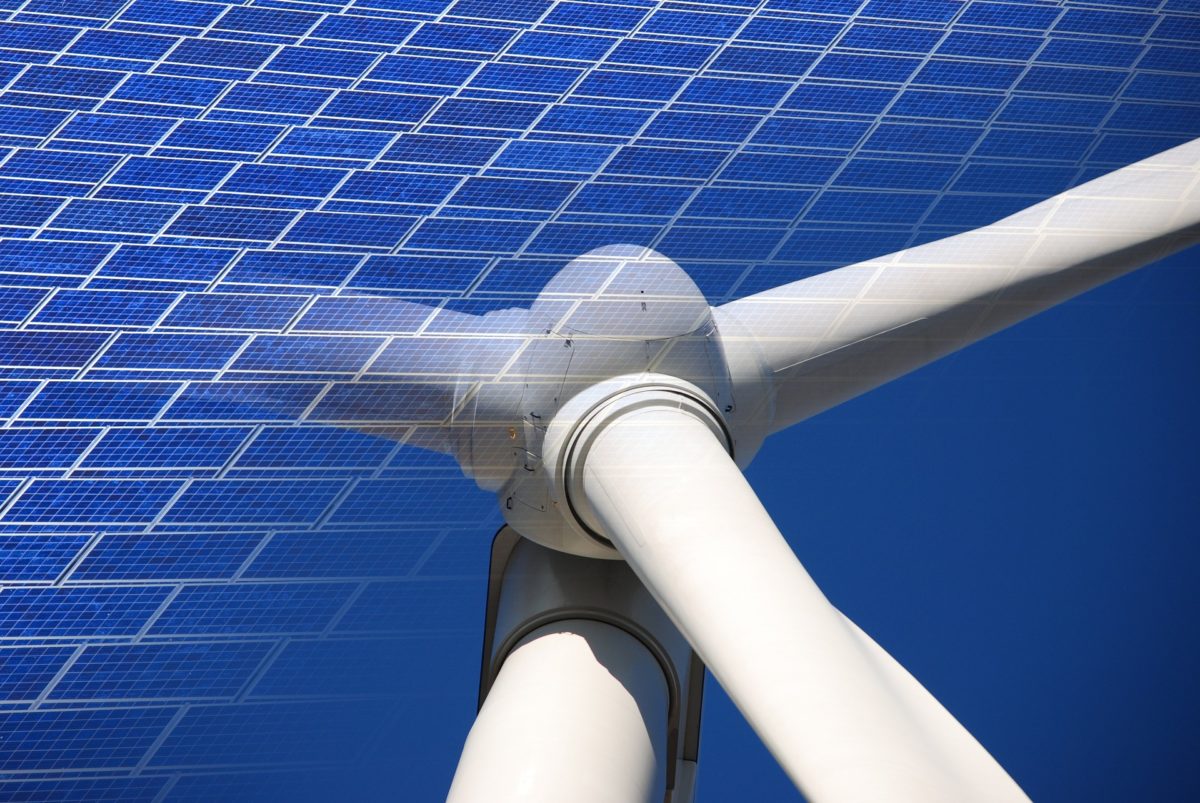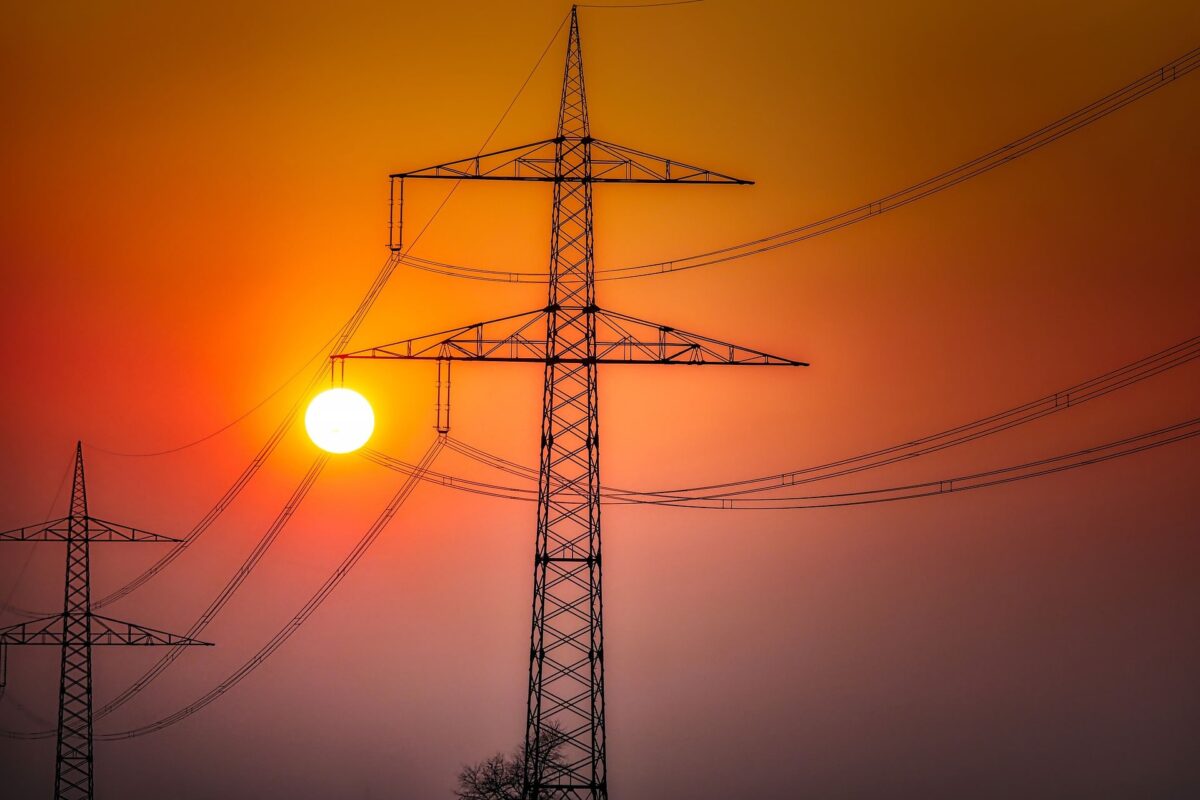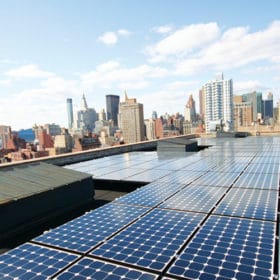The U.S. Department of the Treasury and the Internal Revenue Service (IRS) released proposed guidance to sunset the existing Investment Tax Credit (section 45) and Production Tax Credit (section 48) of the Inflation Reduction Act. This transition will consolidate all clean energy generation projects, including wind and solar, into the technology-neutral Clean Electricity Production Credit (section 45Y) and Clean Electricity Investment Credit (section 48E). These new tax credit sections will be applied to all projects placed in service after December 31, 2024.
In a press release, the IRS stated that the purpose of this new structure was to create a consistent framework for all clean energy technologies:
The technologies recognized in today’s Notice of Proposed Rulemaking (NPRM) include wind, solar, hydropower, marine and hydrokinetic, nuclear fission and fusion, geothermal, and certain types of waste energy recovery property (WERP). The proposed guidance also clarifies how energy storage technologies would qualify for the Clean Electricity Investment Credit.
The document allows for technologies that may have aspects of their lifecycles that depend on fossil fuels; however, the IRS states these products must include a lifecycle greenhouse gas analysis and demonstrate net-zero emissions.
According to the American Council on Renewable Energy (ACORE), the tax credits are projected to “lower the average annual electric bill by $29.74 per household by 2030, and $42.95 by 2035.”
Called a “game-changing policy” by Ray Long, President and CEO of ACORE, he said, “The tax credit increases American energy security and reliability by deploying new clean electric generation from wind, solar, battery storage, and other zero-carbon technologies. Analysis has shown that by 2035, clean energy capacity will increase by up to 50%.”
The IRS noted that the NPRM also outlines how to apply tax credits to interconnection costs for projects smaller than 5 MWac. These costs, incurred by solar projects to upgrade local transmission and distribution networks, are now covered under Section 48 of the Investment Tax Credit, which the IRA modified to include qualified interconnection costs.
Further cost structures are also detailed, for instance, the IRS notes that qualifying facilities need roads – and thus, the cost of roads is covered under tax credit considerations.
Proposed §1.45Y-2(b)(3)(iii) would provide that roads that are an integral part of a qualified facility are those roads integral to the intended function of the qualified facility, such as onsite roads that are used to operate and maintain the qualified facility. Proposed §1.45Y–2(b)(3)(iii) would also clarify that roads used primarily for access to the site, or roads used primarily for employee or visitor vehicles, are not integral to the intended function of the qualified facility and thus are not an integral part of a qualified facility.
This content is protected by copyright and may not be reused. If you want to cooperate with us and would like to reuse some of our content, please contact: editors@pv-magazine.com.








By submitting this form you agree to pv magazine using your data for the purposes of publishing your comment.
Your personal data will only be disclosed or otherwise transmitted to third parties for the purposes of spam filtering or if this is necessary for technical maintenance of the website. Any other transfer to third parties will not take place unless this is justified on the basis of applicable data protection regulations or if pv magazine is legally obliged to do so.
You may revoke this consent at any time with effect for the future, in which case your personal data will be deleted immediately. Otherwise, your data will be deleted if pv magazine has processed your request or the purpose of data storage is fulfilled.
Further information on data privacy can be found in our Data Protection Policy.